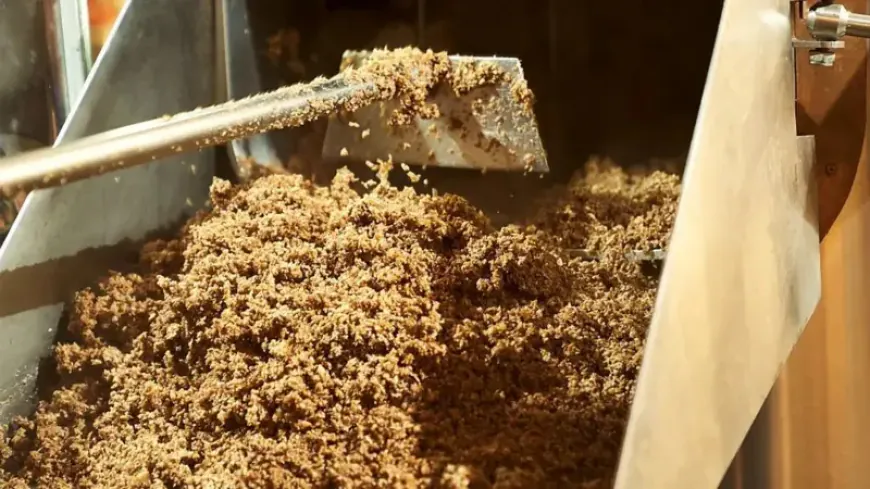Beer Waste Turned into Sustainable Plant-Based Milk
Spent barley grains from beer production are now a key ingredient in vegan milk and protein-rich foods, reducing waste and promoting sustainability.

Beer Waste Transformed into Plant-Based Milk and More
The brewing industry has uncovered an innovative and sustainable use for spent barley grains—one of the largest byproducts of beer production. Typically discarded or used as animal feed, these grains are now being repurposed to create nutrient-rich plant-based milk and other food products, offering a new dimension to sustainable nutrition.
The Scale of Beer Waste
Every liter of beer produced generates approximately 200 grams (7 ounces) of spent barley grains. Globally, around 37 million metric tons of this byproduct is produced annually—the equivalent of the weight of 340,000 buses. With beer consumption projected to rise by a third over the next seven years, this waste volume is expected to grow significantly.
A Nutritional Goldmine
Despite being considered a waste product, spent barley grains contain valuable nutrients, particularly high levels of protein and fiber. While roughly 70% of these grains are currently used as animal feed and 10% for biogas production, about 5% end up as landfill waste, contributing to methane emissions and posing disposal costs for breweries.
Recognizing their nutritional potential, researchers and food companies are exploring ways to integrate these grains into human food production. Swiss company Upgrain is among the pioneers in this field. In 2024, it launched a system to process spent barley grains into protein- and fiber-rich ingredients approved for human consumption by the U.S. Food and Drug Administration (FDA) and the European Food Safety Authority (EFSA).
Beer Industry Innovations
Major breweries have also joined the movement. Brauerei Locher, Switzerland’s second-largest beer producer, unveiled a large-scale spent grain processing facility in September 2024, set to become the largest of its kind in Europe. Additionally, global beer giants Anheuser-Busch InBev and Molson Coors have developed their own plant-based barley milk products. Molson Coors' Golden Wing boasts a rich, creamy texture and contains 25% less sugar than most traditional barley milk options.
"Spent barley grains are an untapped resource for sustainable and nutritious food production," says William Beiskjaer, co-founder of Upgrain. "With the rising global demand for protein and fiber, these grains can play a crucial role in improving food sustainability."
Expanding Applications
Beyond plant-based milk, processed spent barley grains are being incorporated into various food products, including baked goods, crisps, and even coffee. They are also being tested for potential applications in construction materials, cosmetics, and paper production.
However, challenges remain. The process of repurposing spent grains requires significant energy, and the grains deteriorate quickly, necessitating efficient handling. Furthermore, consumer acceptance of upcycled food ingredients may take time.
Still, industry experts remain optimistic. "If you had told me four years ago that spent barley grains from breweries would become a viable human food source, I would have been skeptical," Beiskjaer admits. "But today, we’re witnessing a transformation where this byproduct is evolving into an essential ingredient in the food sector."
As sustainability becomes a global priority, reimagining beer waste as a valuable resource may soon become a mainstream practice, shaping the future of food innovation.
What's Your Reaction?


































